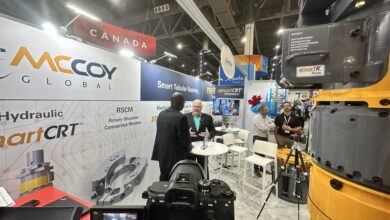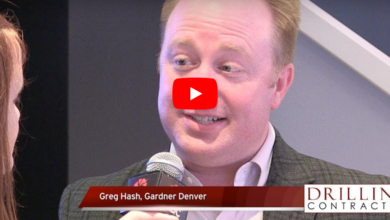New automated system for monitoring flexible riser integrity
Schlumberger and TOTAL jointly developed the subC-racs* riser annulus condition surveillance for monitoring of flexible riser integrity to assess the integrity of flexible risers and monitor vented emissions, primarily because it was found that the current monitoring solutions were inadequate.
“The subC-racs system is a new solution for continuous flexible pipe monitoring,” said Dominique Dion, Project manager, Subsea, for Schlumberger. “The new system can operate continuously throughout the service life of a riser.”
The main functions of the system are to measure free (dry) volume of the annulus, gas flow rate and the level of condensation water in the annulus. The system provides an alarm in case of water ingress into the annulus and is readily installed in-line with topsides vent systems.
Flow rate is monitored using high precision sensors together with pressure and temperature measurements. The period of the test cycle ranges from a few hours to several days, depending primarily on the operation pressure and temperature of the produced fluid.
“Conventional annulus inspection is cost-intensive and typically is operated for a relatively short time such as one week per year,” Mr. Dion said. “In addition, conventional annulus vent-gas monitoring does not provide reliable information on flow rates or water vapor emissions.
“In contrast,” he continued, “continuous monitoring quickly identifies emerging trends in the annulus before armor or sheath damage is otherwise suspected.”
Development of the subC-racs began in April 2009. Field tests are scheduled to end in June 2010 and the system will be commercialized as soon as possible thereafter.
Onshore tests were completed in West Africa to determine the system’s ability to accurately determine annulus volume. The riser annulus was injected with different volumes of nitrogen and CO2. The tests validated the system’s ability to determine annular volume within 2% precision. Ongoing field tests on production and oil and gas export lines highlight the system’s continual ability to determine the status of the outer sheath, annular volume and diffusion rates in real time.
As with development of any new solution, there were challenges to be overcome. “The main challenges were to have a good understanding of the physics,” Mr Dion said, “and a simple way to model gas flow inside the annulus.”
*Mark of Schlumberger




